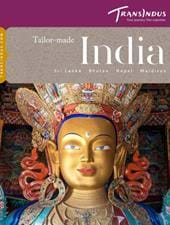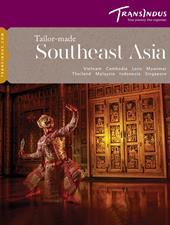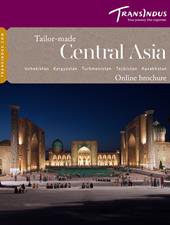The south Indians’ love of elaboration, detail and intricacy is discernable in many and varied forms, but none are as graphic or impressive as the temples created by the Hoysala dynasty, who ruled over much of the southern Deccan between the 11th and 14th centuries.
The shrines are the only surviving monuments of a civilization that was all but obliterated by the raids of the Delhi Sultan, Ala-uddin Khalji, in 1311. They’re notable less for their scale, which is modest by the standards of the region, than by the staggering wealth of sculptural embellishments that adorn their surfaces.
Every inch of the temples is painstakingly decorated – a trait attributable to the qualities of a local stone, chlorite schist (a kind of soapstone), which is soft when quarried but hardens on contact with the air. The malleability of this grey-blue stone allowed Hoysala craftsmen to give full rein to their virtuoso skills, refined over centuries of carving sandalwood and ivory for trade abroad.
The real pieces de résistances of the period are without the standing figures of deities and madanika roof brackets depicting voluptuous fertility nymphs, musicians and dancers at the temples of Halebid and Belur, near the town of Hassan, and Somnathpur, closer to Mysore. Many other fine Hoysala sculptures have found their way into museums across the world, but there’s no replacement for seeing this exquisite art form in its original context, ideally in the soft, golden light of a Karnatakan evening, when the shadows and colours of the stonework intensify to magical effect.








